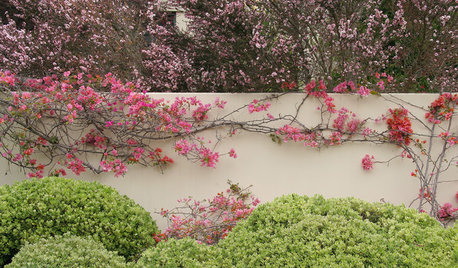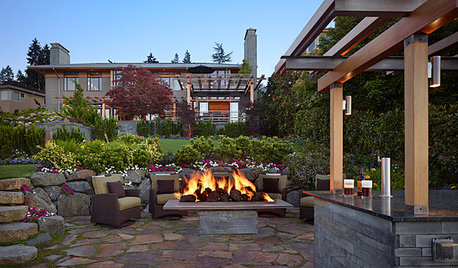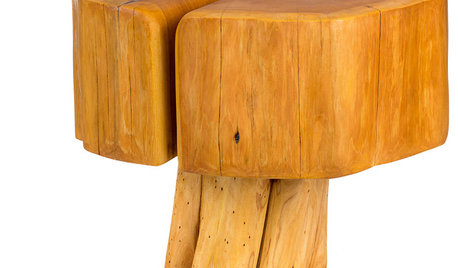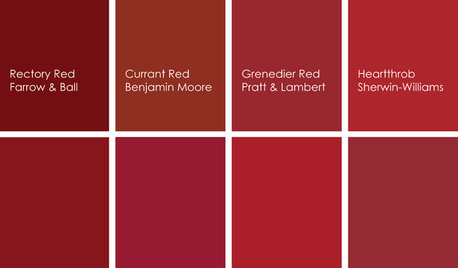Espalier apple: spur varieties are good or bad?
maryneedssleep
14 years ago
Featured Answer
Sort by:Oldest
Comments (17)
sautesmom Sacramento
14 years agolast modified: 9 years agomaryneedssleep
14 years agolast modified: 9 years agoRelated Professionals
Citrus Heights Landscape Architects & Landscape Designers · Hershey Landscape Architects & Landscape Designers · Saint Matthews Landscape Architects & Landscape Designers · Brooklyn Center Landscape Architects & Landscape Designers · Barrington Landscape Contractors · Federal Way Landscape Contractors · Fort Atkinson Landscape Contractors · Glendale Heights Landscape Contractors · La Verne Landscape Contractors · Lehigh Acres Landscape Contractors · Long Beach Landscape Contractors · Paramount Landscape Contractors · Ponte Vedra Beach Landscape Contractors · Tacoma Landscape Contractors · Woodbury Landscape Contractorsmurkwell
14 years agolast modified: 9 years agomyk1
14 years agolast modified: 9 years agomaryneedssleep
14 years agolast modified: 9 years agosautesmom Sacramento
14 years agolast modified: 9 years agomyk1
14 years agolast modified: 9 years agomaryneedssleep
14 years agolast modified: 9 years agothepodpiper
9 years agolast modified: 9 years agomes111
9 years agolast modified: 9 years agomes111
9 years agolast modified: 9 years agomes111
9 years agolast modified: 9 years agomes111
9 years agolast modified: 9 years agoappleseed70
9 years agolast modified: 9 years agomes111
9 years agolast modified: 9 years agoRena Ryan
3 years ago
Related Stories

EDIBLE GARDENSHow to Add an Apple Tree to Your Edible Garden
Readily available, beautiful and fragrant, apple trees offer four-season interest along with crisp, juicy fruit
Full Story
LANDSCAPE DESIGNThe Art of the Espalier
Go ahead, let limited garden space drive you up the walls. With these 6 ways to train plants vertically, it can be a beautiful thing
Full Story
EDIBLE GARDENSHow to Grow Your Own European and Asian Pears
Try these trees for their good looks, delicious fruit and wide range of sizes — plus you can espalier them
Full Story
MORE ROOMSHome Tech: Speakers Matter (and Can Look Good, Too)
See why high style and high fidelity needn't be mutually exclusive
Full Story
GARDENING AND LANDSCAPING4 Good Ways to Get Rid of Mosquitos in Your Yard
Stay safe from West Nile virus and put an end to irksome itches with these tools and methods for a porch, patio or yard
Full Story
PRODUCT PICKSGuest Picks: Beautiful Things You Can Feel Good About Buying
Upcycled, ecofriendly or just made responsibly, these home accessories and furniture pieces will keep your conscience clear
Full Story
GARDENING AND LANDSCAPINGCrazy for Fruit Trees
Whether a single citrus or a mini apple orchard, even the smallest landscape space can bear deliriously delicious fruit
Full Story
EDIBLE GARDENSWhy Grow Quince? For Beauty, Fragrance and Old-Time Flavor
Delightfully perfumed fruit and lovely spring blossoms make this apple and pear cousin worth a spot in the garden
Full Story
BATHROOM DESIGNRoom of the Day: Renovation Retains a 1920s Bath’s Vintage Charm
A ceiling leak spurs this family to stop patching and go for the gut
Full Story
KITCHEN DESIGNCooking With Color: When to Use Red in the Kitchen
Candy Apple Red, Red Licorice and more for your kitchen walls, cabinets or island? The color choices are as delicious as they sound
Full Story






myk1